
Delighted to be asked by @uklandestates to delve into their archive for their 30th anniversary. They now have a portfolio of 28 estates across the region, but the Team Valley was not just their first, it’s actually the oldest industrial estate in Europe

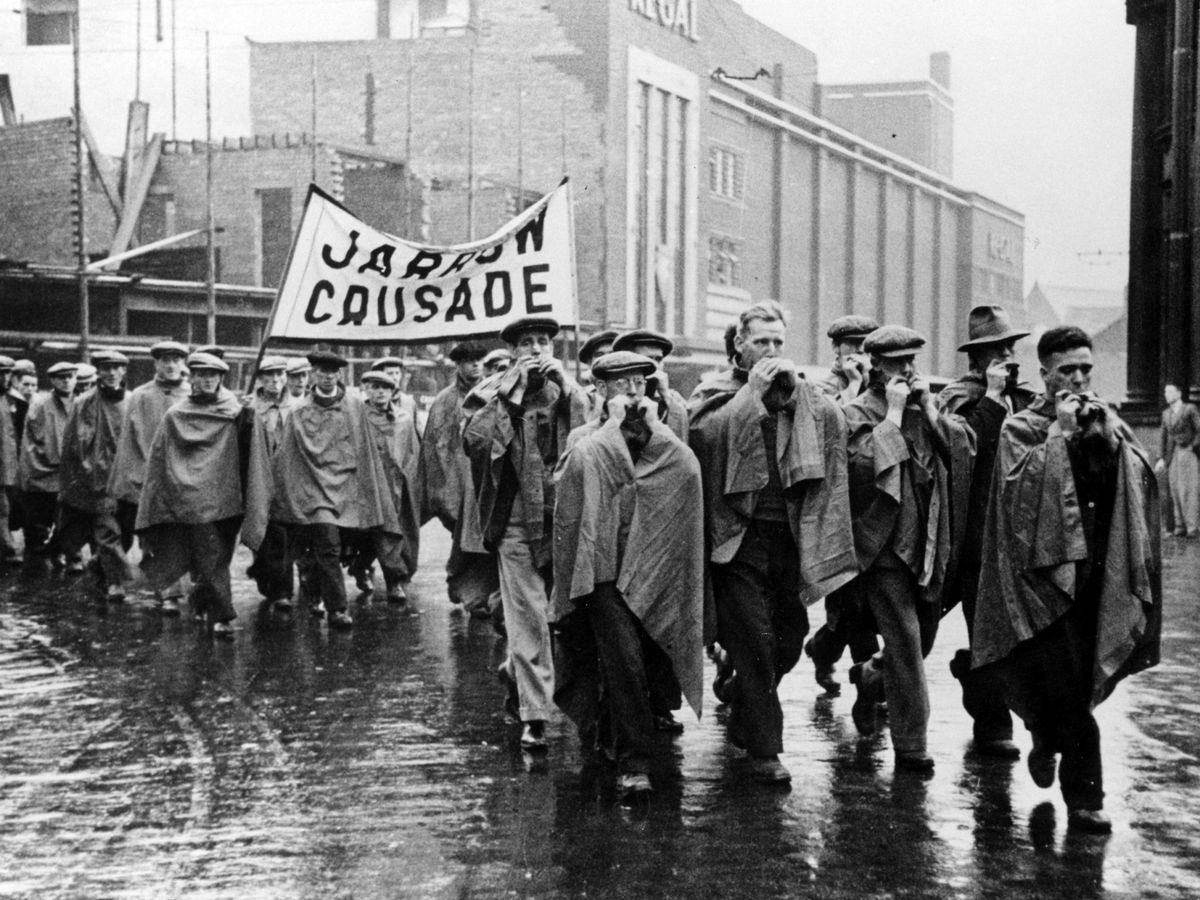

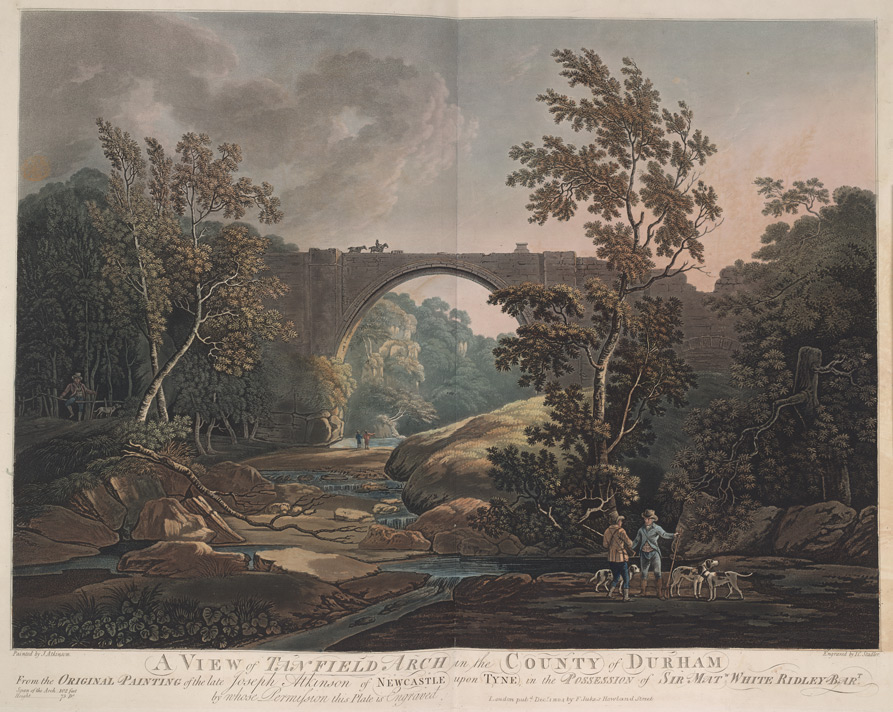
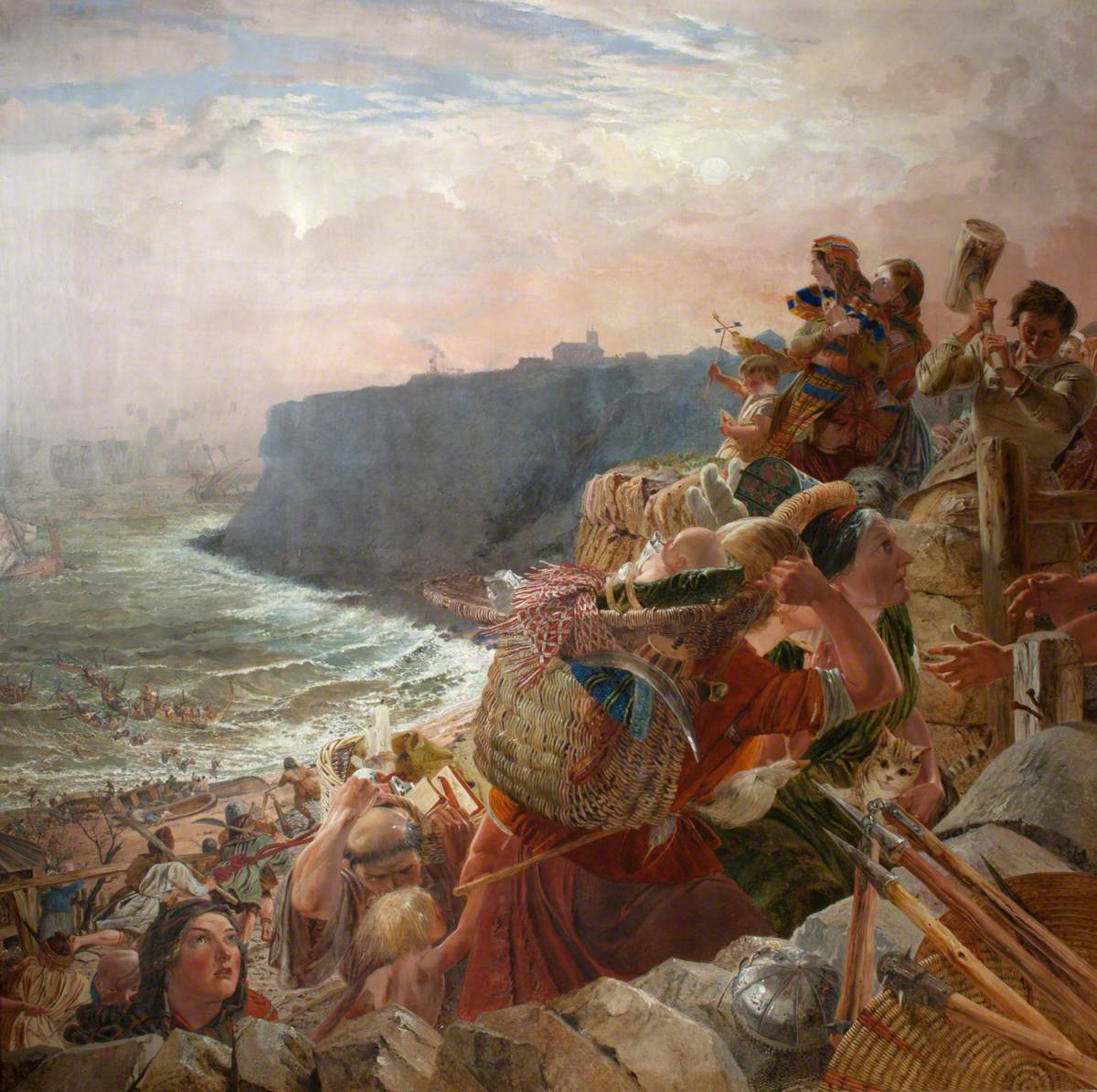
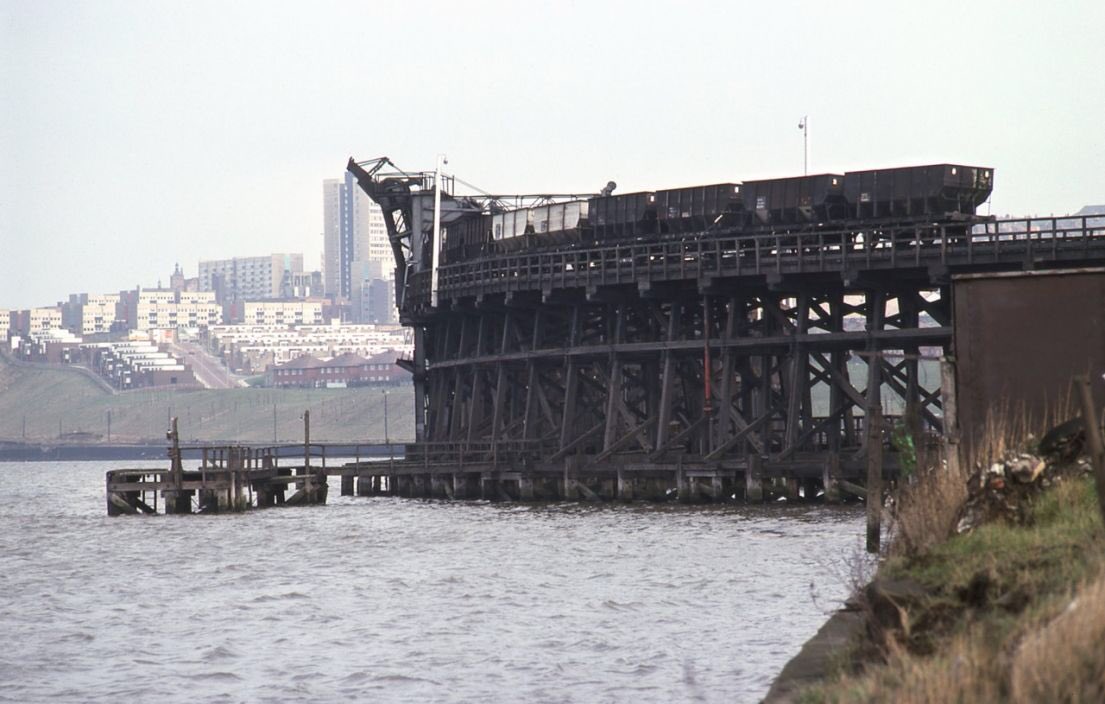

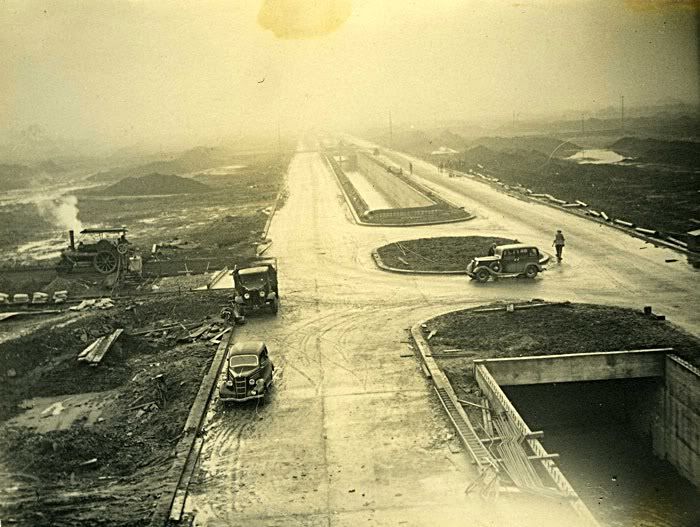
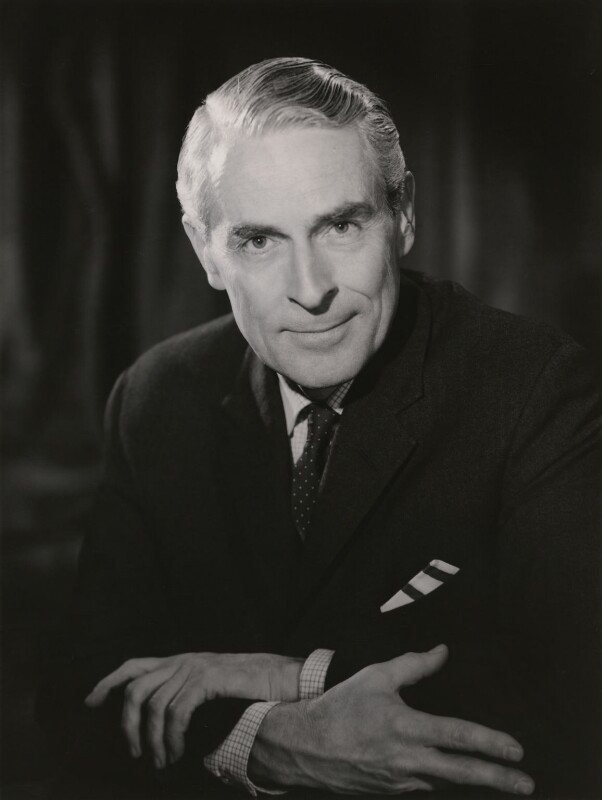
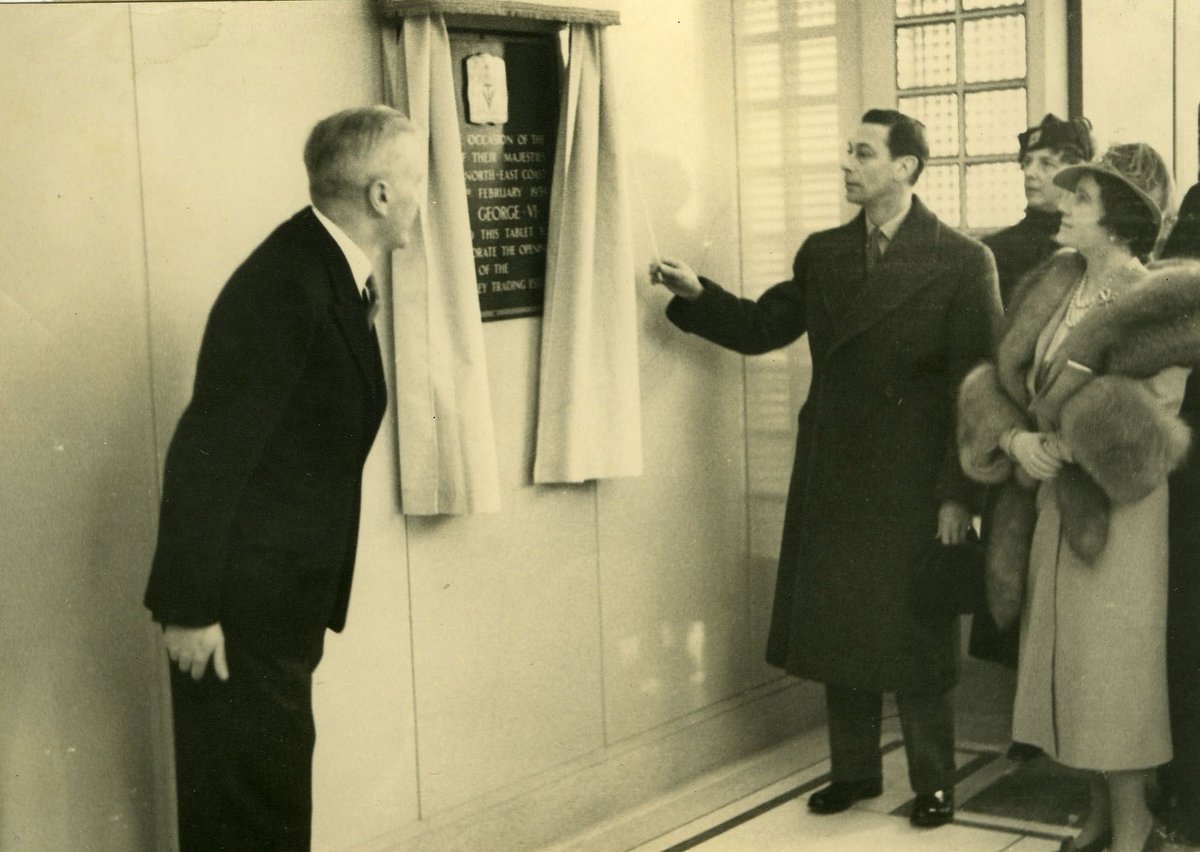

More from Business
Tech created this ecosystem but there’s a historical cultural bias in tech towards media as unprofitable. That changed a long time ago.
Many more angels that invest in people will invest in media founders. Many traditional media people will *become* media founders.
But not necessarily big companies. Just solo individuals or small groups doing content, like Notch doing Minecraft. Because media scales like code.
Increasingly feeling like “keeping the team size as small as possible, even to one person” is the unarticulated key to making media profitable.
Substack and all the creator tools are just the start of this ecosystem.
Useful concept: the media stack for content creators
— balajis.com (@balajis) January 20, 2020
- Spotify, iTunes for podcasts
- Descript for podcast editing
- Figma, Canva for graphics
- YouTube for video
- Twitter, FB for distribution
- Substack for newsletters
- Makerpad for nocode
- Ghost, Medium for blog
What else?
The process of converting social influencers into media founders (a trend that has been going on for 10+ years at this point) will be increasingly streamlined.
V1 is link-in-bio, Substack, and sponcon.
V2 likely involves more angels & tokenization a la @tryrollhq. What else?
Why lack of awareness? Influencer monetization numbers are not as public as tech numbers.
There isn’t a TechCrunch & CrunchBase for media founders, chronicling the valuations of influencers.
But that’d be quite valuable. If you are interested in doing this, please DM with demo.
I'm glad to see @jbenton's excellent analysis shows what a good job McClatchy CEO @cforman has actually been doing. The fault for bankruptcy goes *way* back to prior regimes piling up unmanageable debt. He rescued the company. 1/https://t.co/EEbxWXBNvW
— Jeff Jarvis (@jeffjarvis) July 16, 2020
As @jbenton said in @NiemanReports : @mcclatchy transformation shows it STILL is possible NOW 'to be operationally profitable while still doing good journalism.' Not easy; Covid made it harder. But POSSIBLE and DONE by the great team in 2020 @mcclatchy. 2/
As @jbenton wrote: the #DIGITALTRANSFORMATION @mcclatchy 'shows a company that has managed the digital transition better than most; at last public count, it was making nearly half its ad revenue in digital and digital subscriptions were up 45% year-over-year.' Such focus 3/
On the future is digital is the SOLE way the still-powerful brands of local news and information will be able to have a business in the inevitable 'printless' future (Not today, not tomorrow, but printless someday) 4/
And the crisis in local news is relentless, unabating and by most measures WORSENING. More titles going dark; huge losses to our communities, because solely a blend of new digital startups AND existing footprint offer the scale 5/
You May Also Like
Imagine for a moment the most obscurantist, jargon-filled, po-mo article the politically correct academy might produce. Pure SJW nonsense. Got it? Chances are you're imagining something like the infamous "Feminist Glaciology" article from a few years back.https://t.co/NRaWNREBvR pic.twitter.com/qtSFBYY80S
— Jeffrey Sachs (@JeffreyASachs) October 13, 2018
The article is, at heart, deeply weird, even essentialist. Here, for example, is the claim that proposing climate engineering is a "man" thing. Also a "man" thing: attempting to get distance from a topic, approaching it in a disinterested fashion.

Also a "man" thing—physical courage. (I guess, not quite: physical courage "co-constitutes" masculinist glaciology along with nationalism and colonialism.)

There's criticism of a New York Times article that talks about glaciology adventures, which makes a similar point.

At the heart of this chunk is the claim that glaciology excludes women because of a narrative of scientific objectivity and physical adventure. This is a strong claim! It's not enough to say, hey, sure, sounds good. Is it true?





















